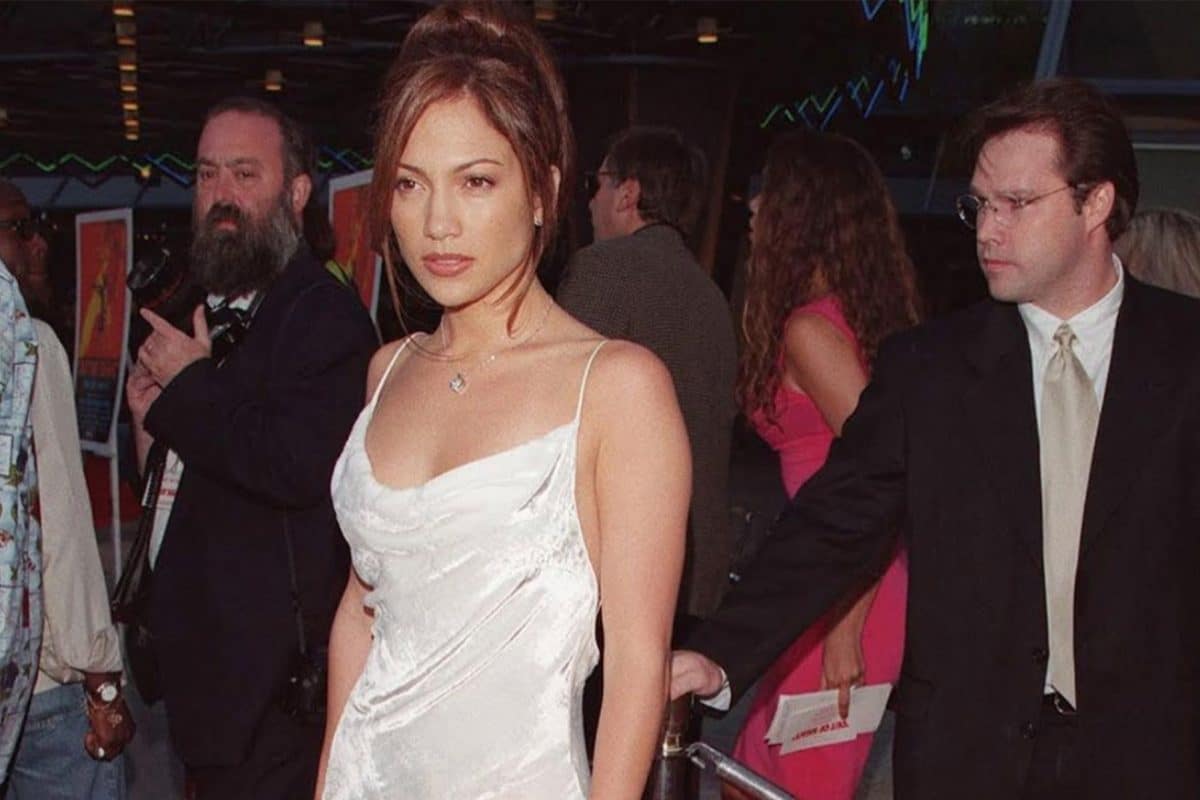“It is about increasing the longevity of unique pieces with untold stories, and [giving] them a new life with a look that goes beyond its origins.”
For Sydney-based Olivia Lahood, a passion and belief for sustainable fashion runs deep. “The idea of sustainable fashion is one I personally know as a core part of my Lebanese culture,” she explains. “My grandmothers would make their own clothes, and my mother, who has had a career as a maker, would always find time to make for herself and our family. These pieces are also treasured and passed down as heirlooms. I guess this fuelled my interest in clothing from a young age, and the idea of owning something that has been worn and loved has always been more interesting to me.” Utilising her education at the Sydney Tafe Institute and experience working in the design space, Lahood embarked on the logical next step for someone whose fascinations are so deeply entrenched within the sustainable fashion space - founding her own eponymous online atelier to collate and sell vintage wares, Olivia Lila Lahood.
Brimming with considered, sophisticated, well-maintained pieces, captured artfully against white walls and polished concrete floors, Lahood (thankfully) omits the legwork often associated with vintage shopping. Instead offering shoppers a curated edit of second hand luxury treasures, browsable at their personal discretion.
In celebration of Second Hand September, we talk with Lahood all things personal style, the best cities for vintage and what to look for when sourcing those one-of-a-kind pre-loved pieces.
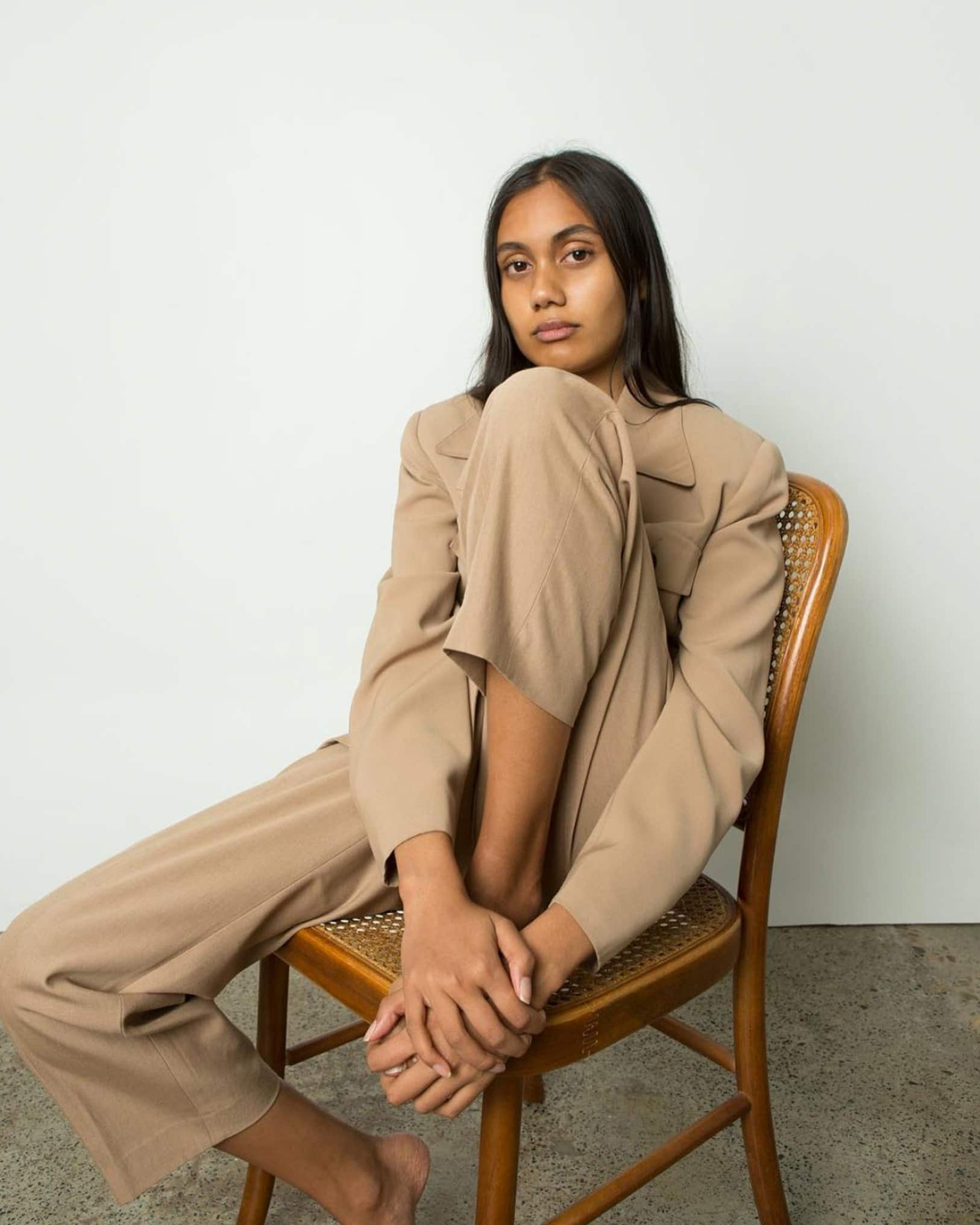
"I’ve always had an emotional attachment to the clothing I’ve owned. Each piece is connected to a memory, whether it’s who made it, the designer behind the label or events in my life."
Can you tell us a little bit about your personal style?
In my personal style I have a less-is-more approach to dressing, even though my wardrobe isn’t a reflection of that. I like to mix vintage with designer - most of which is second hand. My store reflects this mix of designer and vintage, it’s a chance for me to share my style whilst being more experimental, a platform for my dream wardrobe.
How would you describe your own relationship with clothing and how has it evolved over the years?
Clothing has always held a sentimental value to me, growing up with a mother who is a dressmaker. Studying at the Sydney Tafe Institute and pursuing a career in fashion for the last decade has also solidified my appreciation for the dedication and process that goes into the design and production of clothing.
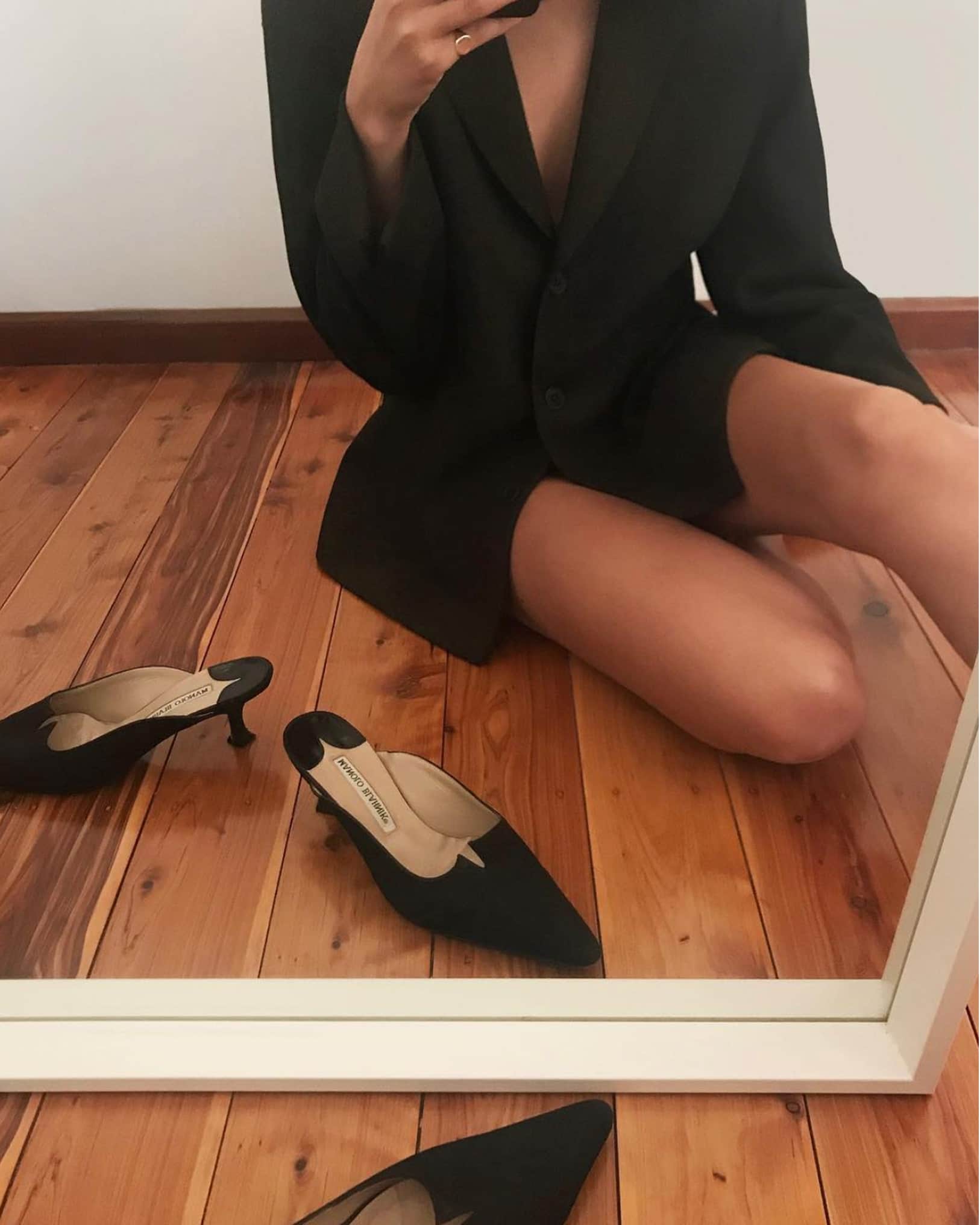
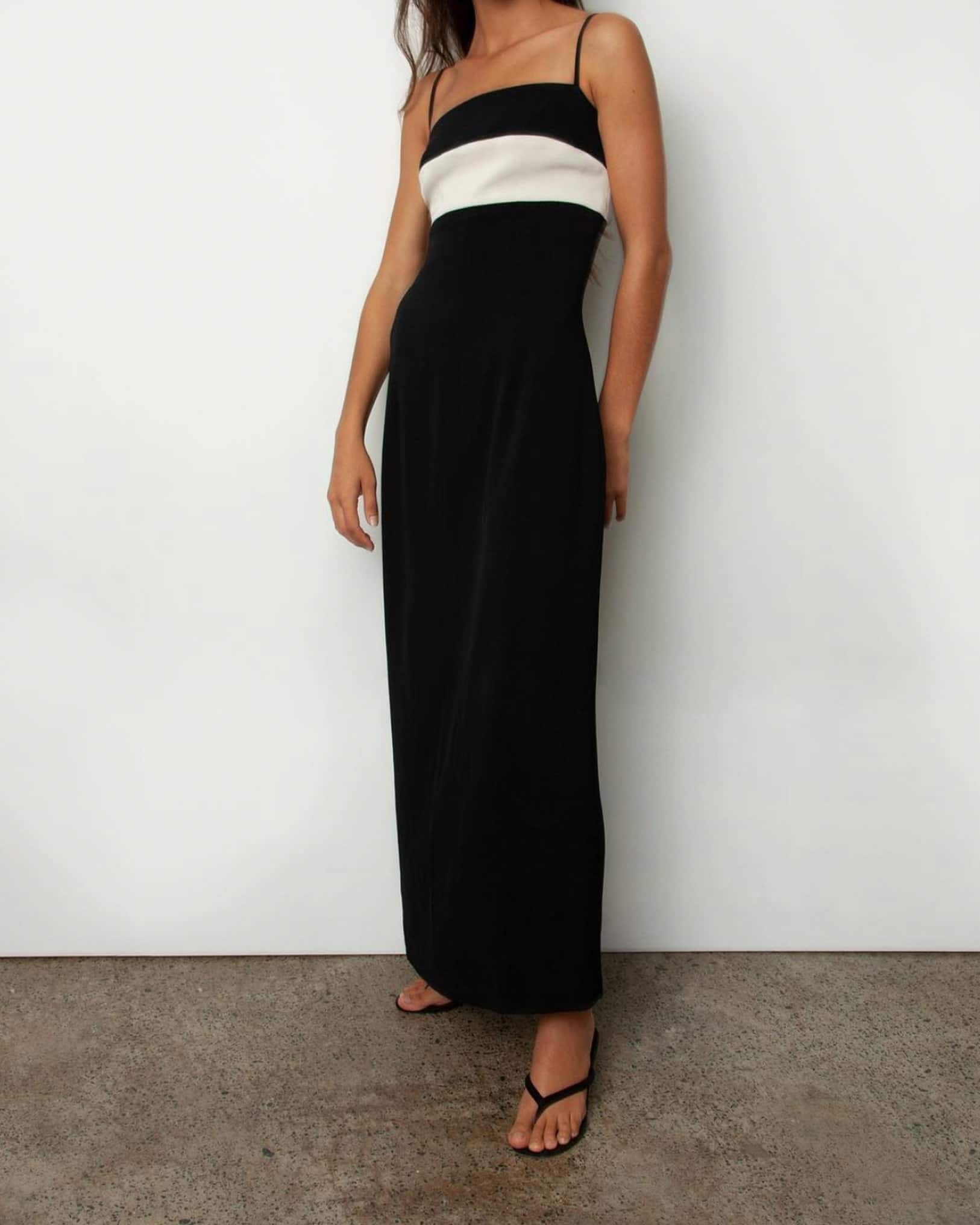
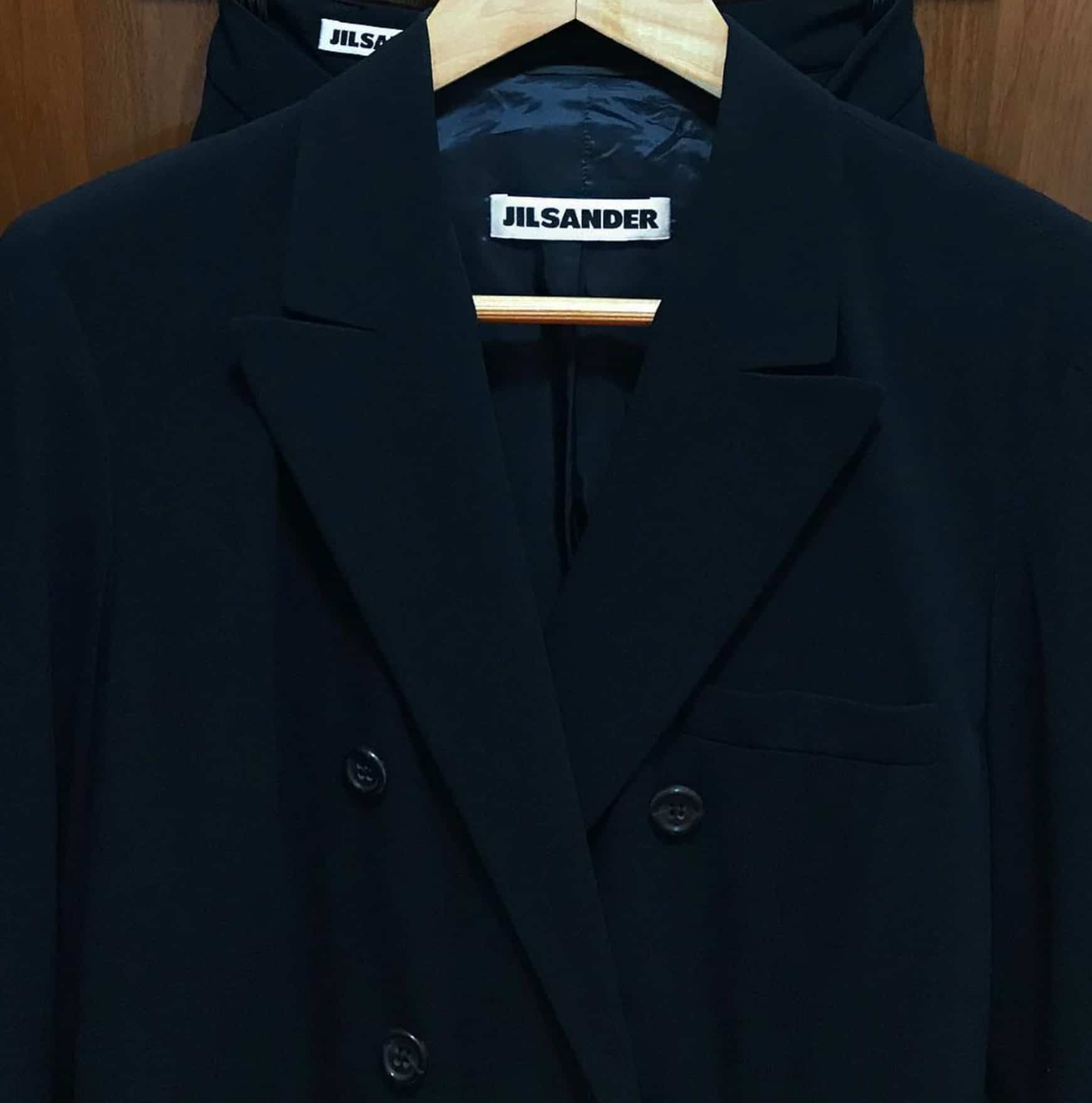
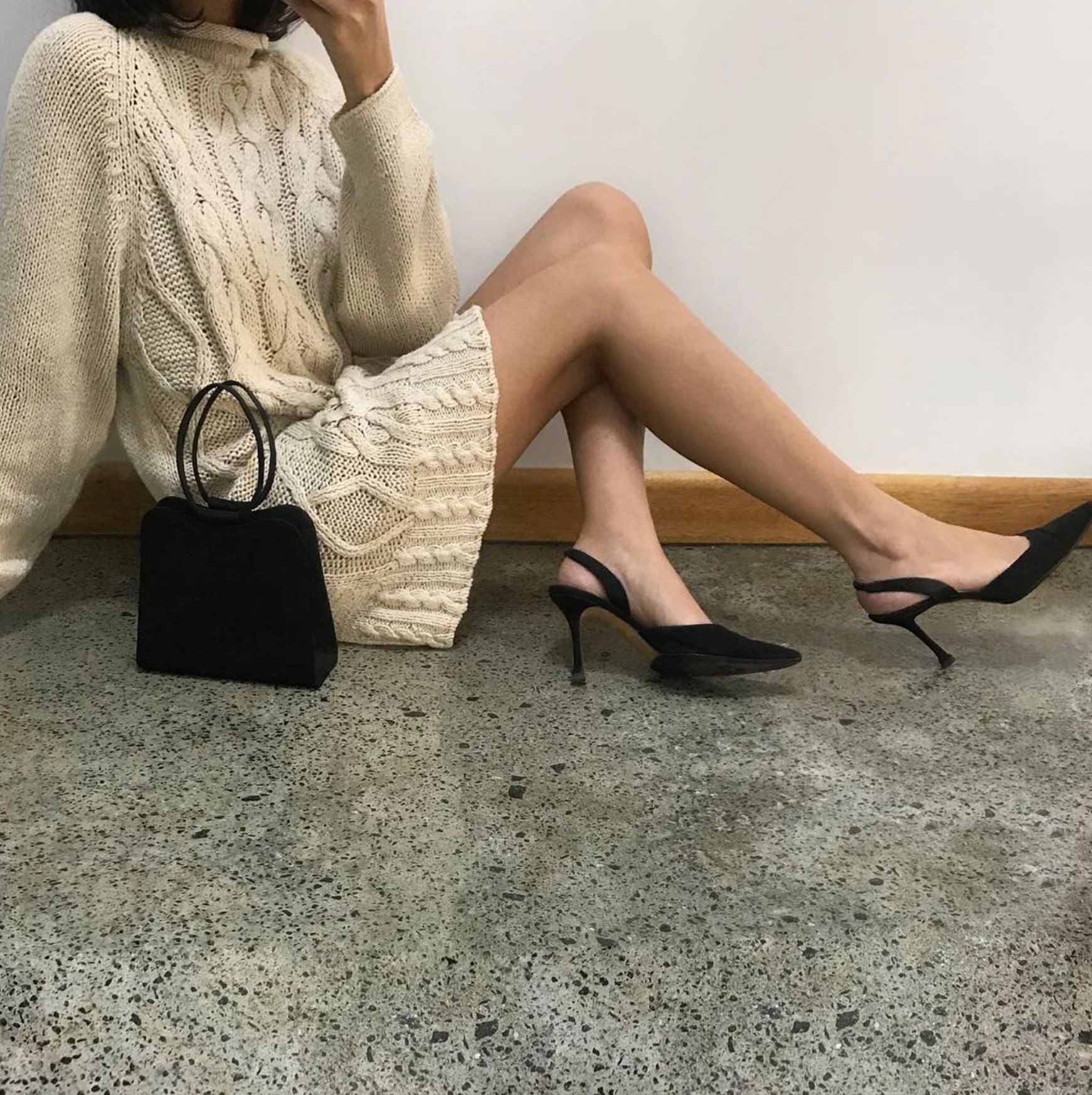
"In my day-to-day wardrobe I could not live without my beloved Levi’s and variations of micro-heeled Manolo Blahnik’s, which are always on high rotation."
Have you always had an interest/passion in vintage clothing?
For as long as I can remember I have been searching through thrift stores looking for something different to wear. As a teenager I would buy something purely for it’s fabric, so I could reinvent something new. As my sense of style developed it was more about the quality and design behind the garment. Now it’s just a way of life.
What sort of pieces do you stock on Olivia Lila Lahood? (What do you specifically look for in the pieces you sell?)
My vintage pieces range from rare finds from the Victorian era all the way to clothing from the early 00s. When looking for pieces I only commit to purchases that make me feel a certain way. It’s all very personal to me and my style. The quality, fabric and silhouette are the main things I consider when purchasing for the store.
What’s your favourite era of vintage?
My favourite era is the 30s, my personal collection of bias cut dresses in silk and lace (and so much nightwear) is something I just can’t let go of.
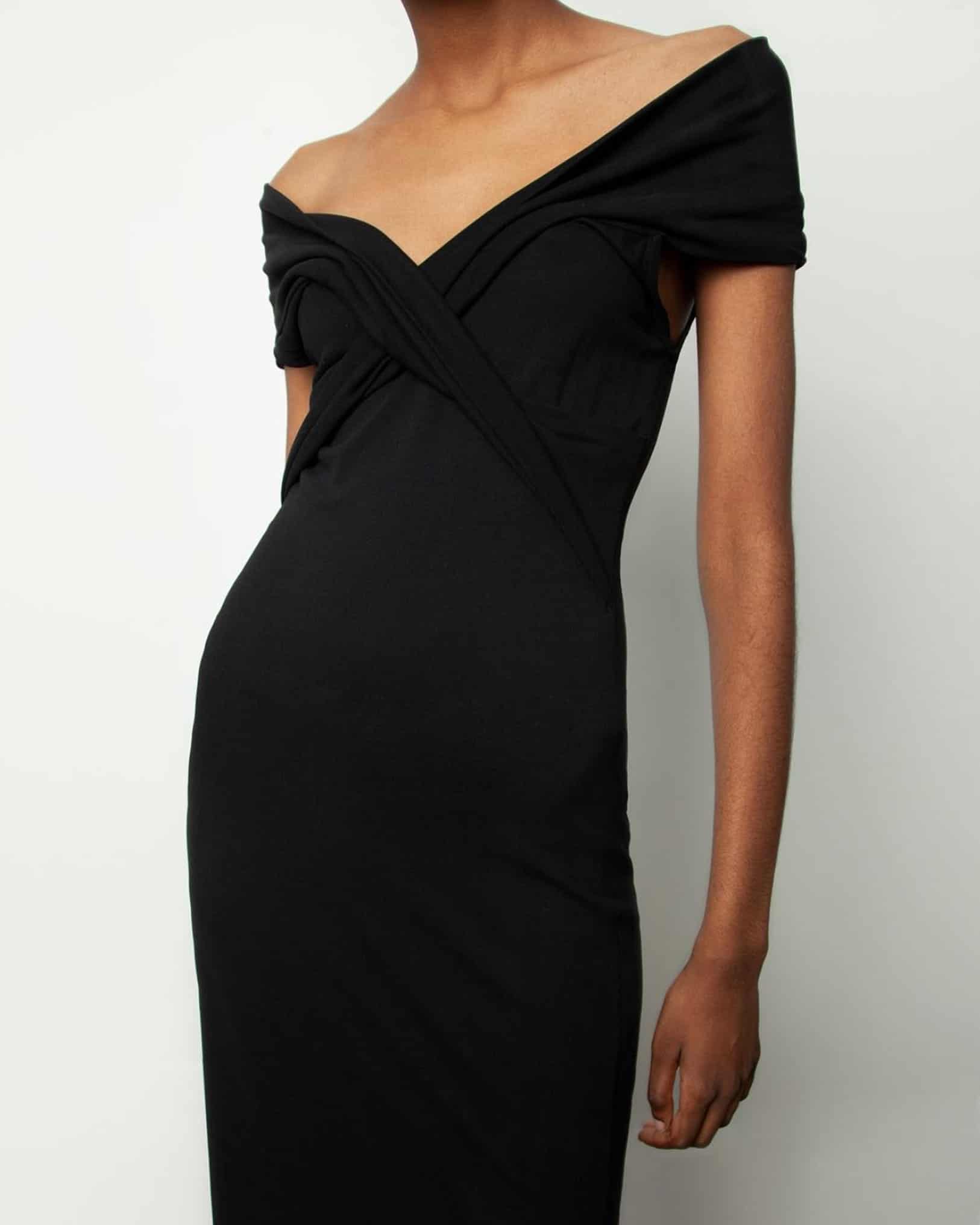
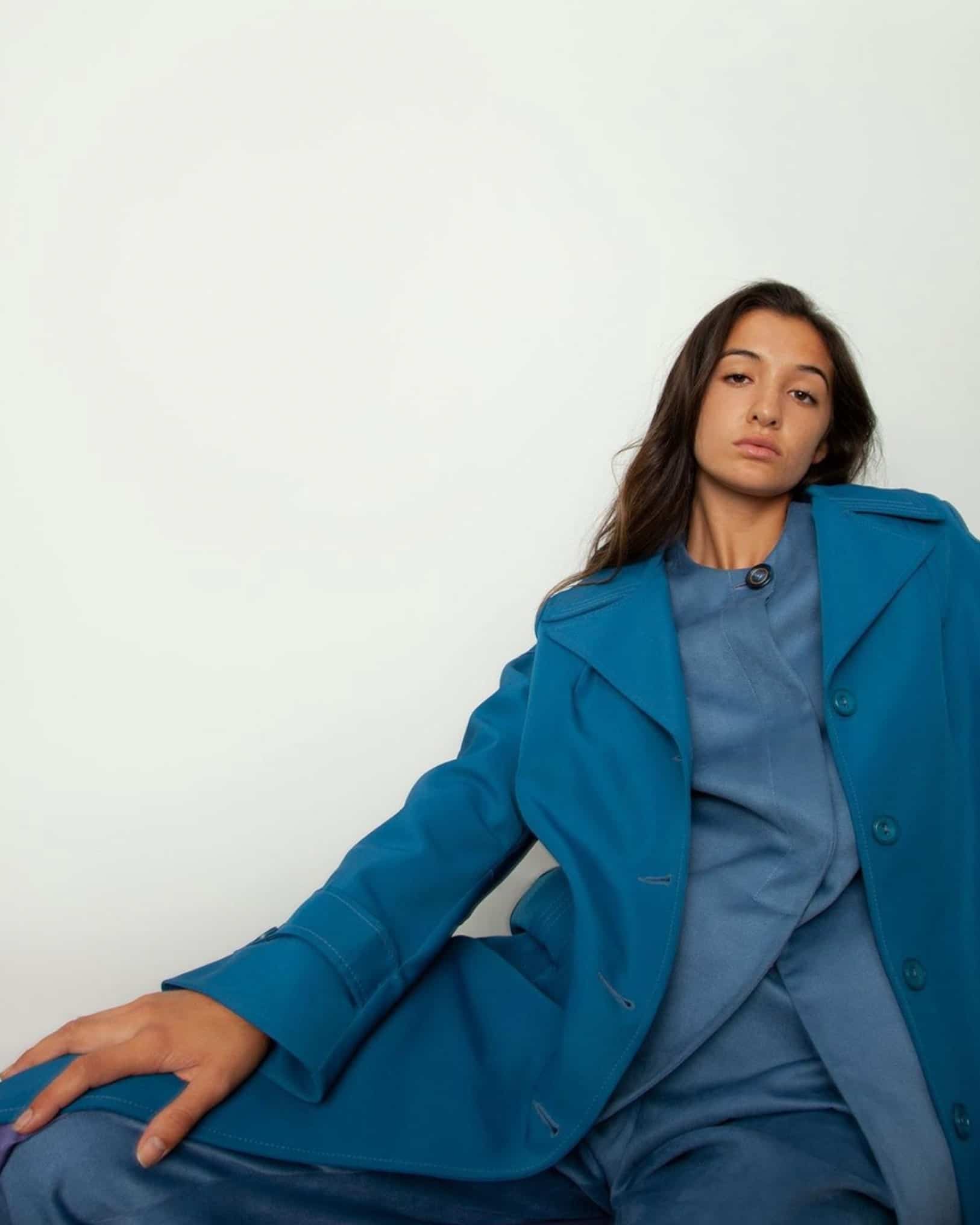
What should we be looking out for when buying our own second hand pieces?
The first thing to look for when buying second hand is the care label to check the fabric composition. I’m always drawn to natural fabrics and neutral colours, because I personally get the most wear out of these pieces. Best always to inspect the garment for stains or faults, because if something is damaged beyond repair chances are you won’t wear it. If you feel like you’ve struck gold once you’ve found it, then buy it - I know the feeling too well when you put it back on the rack and are still thinking about it the next day.
If shopping online look for items with clear photos and a thorough description of the fit and measurements. Also, don’t hesitate to ask questions, most people are happy to accommodate. I often find it hard to let go of things, so knowing it is going to someone who will love and wear it is always a feel good.
What is your most treasured second hand piece?
My mother had a ‘going away dress’ on her wedding day, an old tradition when the couple would change from their formal wear to depart for their honeymoon. It’s a black strapless dress that is cut in a tiered lace. She made it herself and it’s just my ideal LBD. It still hangs in her wardrobe, but I’ve laid claim to it.
Where is your favourite place in the world to go vintage shopping?
There is the most incredible vintage store called Depot-Vente located in a tiny studio in Beirut’s Mar Mikhael neighbourhood. I will never forget the feeling of finally finding it and walking in, to see that it was stocked from the floor to ceiling, in a kind of organised chaos. The Sunday Market in Beirut is also a must for all things second-hand, whether it’s antiques, clothing, jewellery or books - in the peak of summer it’s wonderful to shop and bask in the sunshine.



